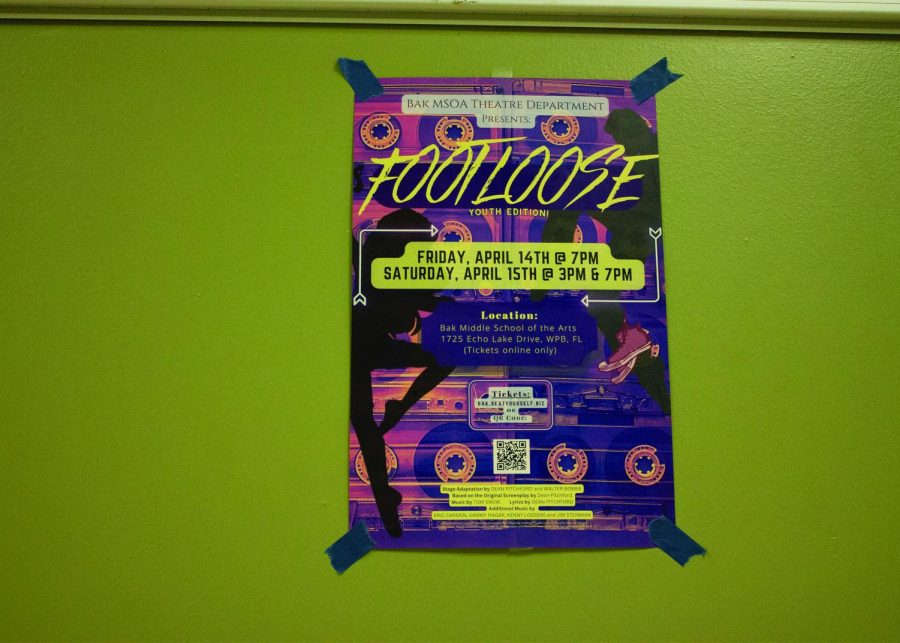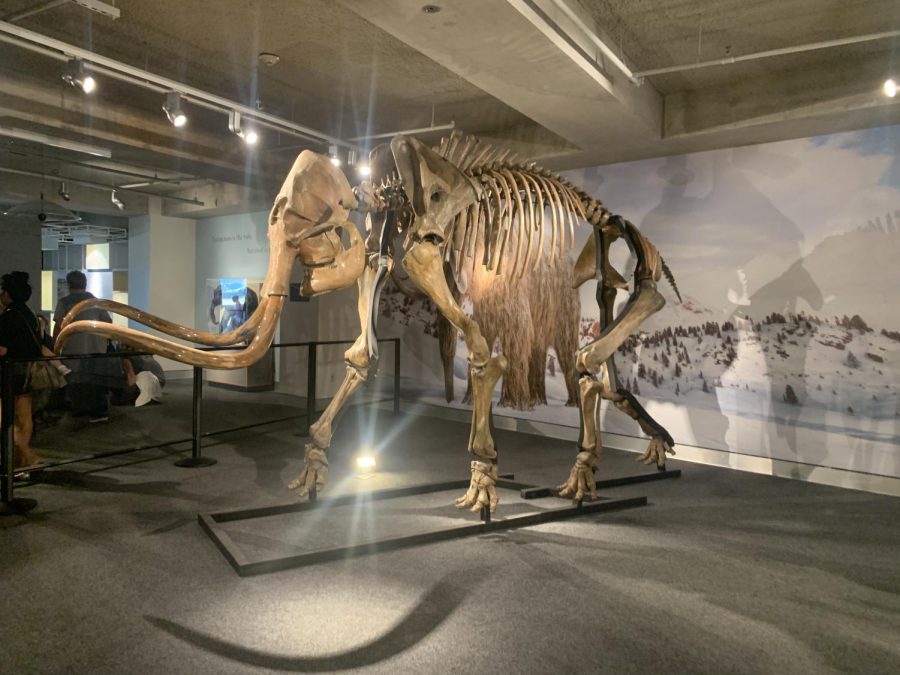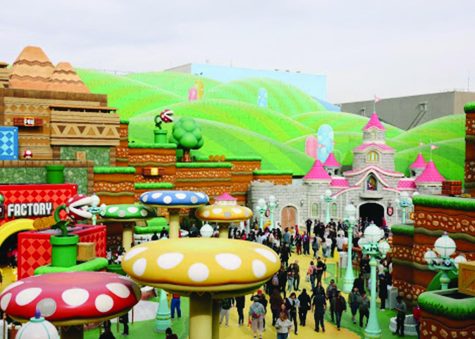Bioscience company attempts to bring back woolly mammoth
The temporary “Mammoths: Ice Age Giants” exhibition at the Phillip & Patricia Frost Museum of Science displays a 10-foot-tall mammoth skeleton, as well as other interesting things regarding the creature. The woolly mammoths roamed Earth during the Ice Age until they became extinct due to climate change. Photo by Cassie Glomann
The woolly mammoth went extinct about 10,000 years ago; therefore, it has been difficult for scientists to research the species. Luckily for them, Colossal Biosciences, a biotechnology company, is attempting to reincarnate the woolly mammoth in the Siberian tundra to help scientists understand the fascinating creature.
Colossal Biosciences has been working to resurrect extinct species, such as the woolly mammoth, dodo bird and Tasmanian tiger. Scientists at Colossal have raised $15 million for the project, which is expected to be completed by 2027.
According to the Smithsonian Magazine website, “Previous discussions on resurrecting long-extinct animals like the woolly mammoth have been largely theoretical, but Colossal has taken many of the first steps toward resurrecting the creature using a gene-editing technology called CRISPR.”
The woolly mammoth and Asian elephant share a common ancestor, so scientists at Colossal are able to modify the DNA of the Asian elephant to create a replica of the mammoth. Colossal is planning on utilizing genetic engineering for this project, specifically using Clustered Regularly Interspaced Short Palindromic Repeats (CRISPR).
According to the Genetic Literacy Project website, “CRISPR enables scientists to edit the DNA of its closest living relative to create a genome that, as edited, approximates the genetic code of the extinct species.”
Colossal Biosciences has declared that the project to reincarnate the woolly mammoth, along with other extinct species, will benefit certain ecosystems, such as grasslands and tundras.
According to the New York Times, “Today the tundra is dominated by moss. But when woolly mammoths were around, it was largely grassland. Some researchers have argued that woolly mammoths were ecosystem engineers, maintaining the grasslands by breaking up moss, knocking down trees and providing fertilizer with their droppings.”
This project may also be able to help prevent the extinction of modern animals.
According to the New York Times, “[Beth Shapiro, paleogeneticist at the University of California Santa Cruz], hopes it will deliver scientific advances that could help species that are endangered but not yet extinct.”
Although there is much skepticism over the project, Colossal hopes to achieve many goals all while “de-extincting” the long-gone woolly mammoth.




































